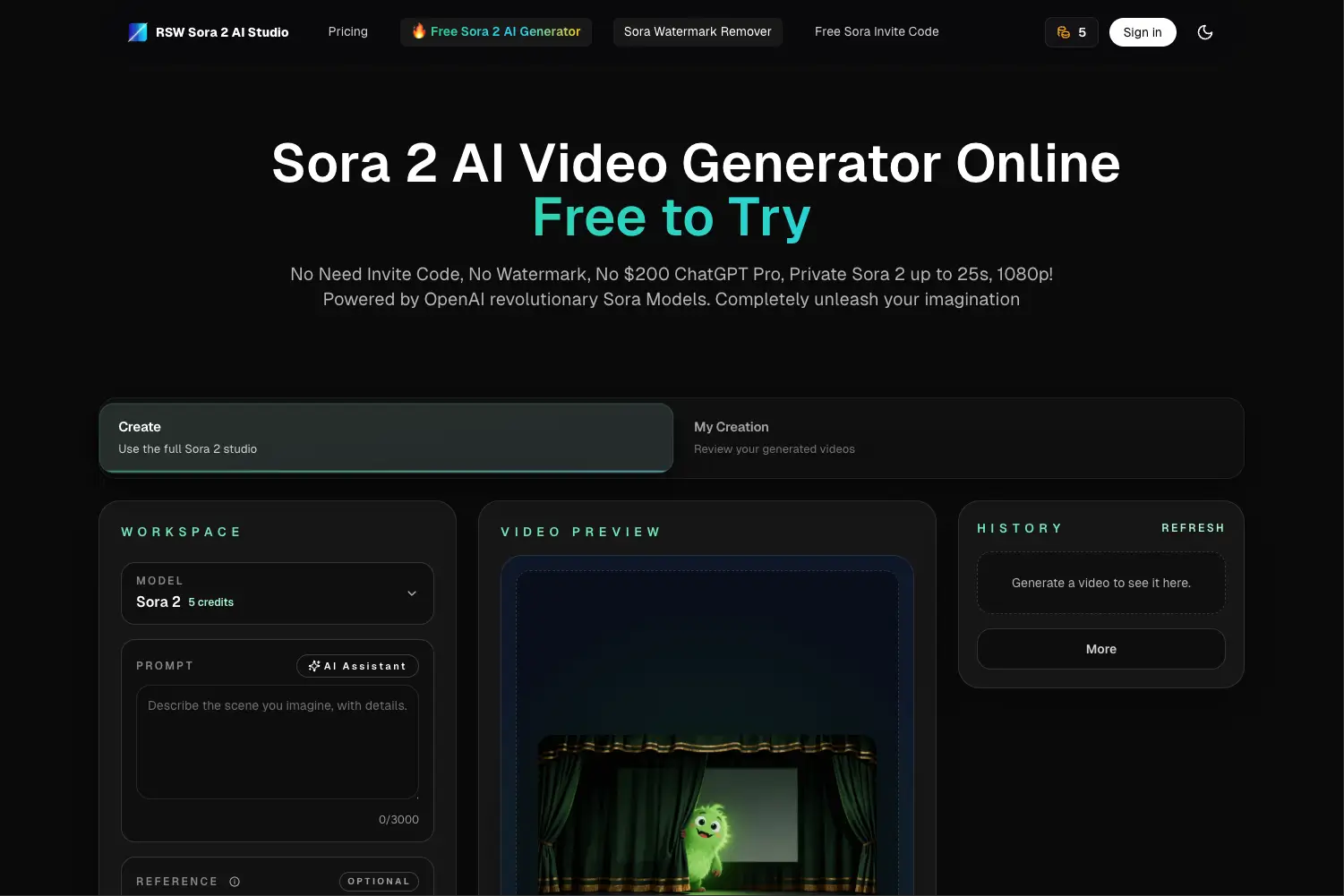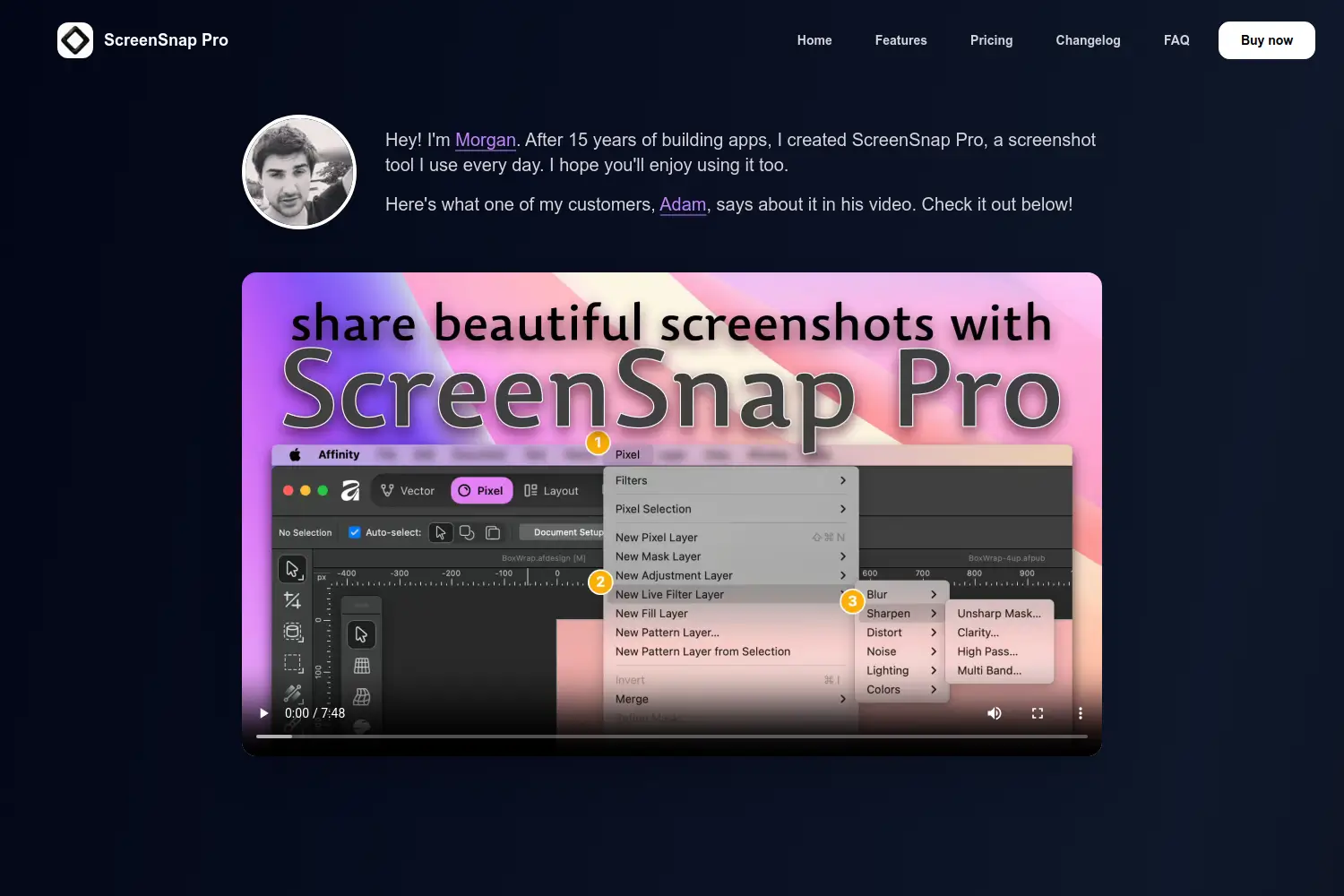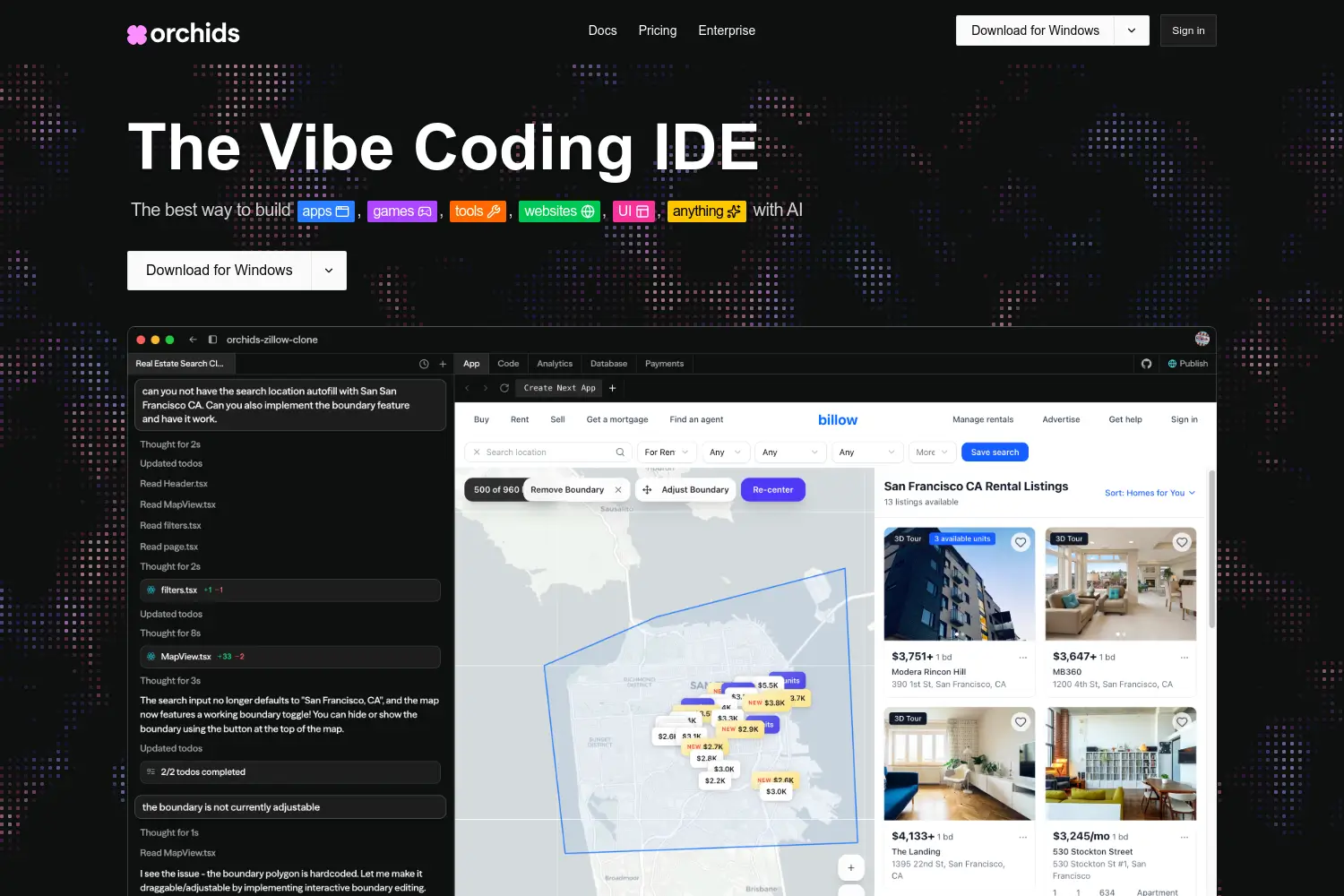This Tool Saves me 5 hours of work every 5 MINUTES
Explore three powerful automations I created with Make — Tool Suggestions, RSS, Web Scraping

Dudu
Oct 16, 2024
Last Updated Oct 16, 2024
Image Credit: make.com
What if you could save countless hours of work?
Imagine…a single click delivering the same results as 5 hours of your hard work.
This is exactly what I spent my weekend learning how to do…best decision ever!
In this email, Im going to be breaking down 3 automations I created - from easiest to more complex
but first, Im going to introduce the tool Im using to create these automations.
It’s Called Make.com
A powerful no-code platform designed to help users visually create, automate, and integrate workflows across various apps and systems.

I can attest that this is true “Work the way you imagine”
Example 1: Automating Tool Suggestions in Toolfolio
Creating this automation was the reason I decided to give Make.com a try.
I wanted a way to be more efficient when checking tool suggestions submitted through Toolfolio.
It took too much time to check every single link just to get an idea of what each tool did.
I wanted to automate this…and I did
So this automation checks fro tool submissions, sends them to a GPT Assistant that has specific instructions, the GPT output is then broken down in variables, and lastly pasted in the Original Sheet the submissions were extracted from.

Lets break it down:
A. Theres a “submit Suggestions” form on Toolfolio.io. This information is sent to a Google Sheet. The sheet your see in Step A.

This module’s job is to look at this Google sheet for any new records added (aka tool suggestions).
B. It then sends the “URL” from the submission to a Chat GPT Module.

This GPT Module send the message (the “URL”) to a GPT Assistant I Created.
Essentially, this assistant has instructions on what to do when given links.
(we can talk about creating assistants in another email if you want)
Instructions given are to retrieve the following information for each link
- Tool Name
- Tool Description
- Generate a Slug (based on description)
and format them:
Tool Name, Tool Description, Generate Slug
You’ll see why in the next step..
C. Break down the Result (B) into variables. why?
Because, we want to spread the information in different cells. (Step D)
To do this we are using the “Tools” Module’s “set multiple variables”
and we are using a split function to Split the result (what GPT answered) at every comma ‘,’

D. We then use a google Sheet Module again but instead of having this watch for new rows, it will paste items in.
and you can direct it where to input the data using a Get function to choose which variables from Step C, go to which cells.

I.e in column E, it will get the first variable from the results from Step C

Example 2: RSS to Social Media Post
I wanted to try this automation as part of a bigger project Im thinking of exploring in the future.
What it does is grab a Rss feed I created in Rss.app, messages a GPT Assistant, spits variables, messages another GPT assistant, and pastes information in Google Sheet

A. Setting up your Rss Feed. Head over to Rss.app. you can filter by topic or source.
You can even track Scoial media acocunts, youtube channels, telegram… you name it.

once you set up your feed (free) you’ll be able to copy the link to your feed. Which you will input into the Rss module in Make.com

B. I created an assistant to manipulate the data the Rss feed is giving us, Title and Description
The GPT has instructions to give us 4 things:
- Original title
- Original Description
- New Title
- Social Media Friendly Description
and format them:
Original title###Original Description###New Title###Social Media Friendly Description
See why in the next step (Step C)

C. We used ### in between them so we can split them up using the Tools Module into variables, similar to how we did in Example 1

D. This step is another GPT Assistant, however, this one uses the URL of the Article the RSS feed gives us to scrape it and get a longer, more inclusive description of what the article is talking about.
E. Follows the same idea as in Example 1. I also included Author and source url in columns G and H

Example 3: The automation that saves me HOURS every time it Runs!
I wont be outlining the actual use case of this automation, but i will be sharing enough info for you to understand its power.

PART 1: First lets breakdown the first half of the automation A-H

A. Watches New rows in a specific column. This column is for URLs. so its essentially watching for new URLs
B. In this step, Im using a HTTP Module that performs a GET request. Which really means getting the HTML code of a website
C & D. Both these GPT Module are to extract certain information from the HTML text retrieved in Step B. One GPT is using a text completion (essentially just typing in a message to GPT see image below) and the other is an assistant that retrieves an array of information, similar to Example 1 & 2

Notice how it says “found in ‘section’” - well the URL is a CMS page that always has the same structure of information, which is why im telling GPT where to look.
E & F. Do the same tasks as in Example 1 & 2 - Split up the information and paste it in specific cells in Sheets.
G. Here is where it start getting interesting. This GPTAssistant is instructed to retrieve Image URLs from specific sections.
H. Tools module splits up these URLS into variables - 2,3, 4…10 depends on how many URLS it retrieves.
PART 2: Lets breakdown the second half of the automation I, J & K

I. This is a Router Module which essentially allows the flow of data before it to flow in two direction, mutually exclusive from each other (separately).
The Top Part
J. This Journey will use those Image URLs from step (G & H), download them and add them to a Google Drive Folder
Creates a folder in my google drive. It will name it using information from Step E.

Here Im using a repeater. A repeater, repeats the following ‘flow’ a # of times.
So in this case it would repeat steps 3 & 4 - I set the repetition to 5 times.
3 & 4. This flow uses a HTTP Module to 'Get a File’ from the Image URLs. It repeats this process 5 times.
Step 3 saves that image to a google drive, and names it based on previously extracted Text.
Step 4 is an error handling module that essentially says that IF there is less than 5 Image links, ignore, and continue the flow. This is needed because otherwise it would break the whole automation.

The Bottom Part (K)

uses the same logic as before, uses GTP to find another Img url, from a different location in the HTML text.
Uses HTTP Module to download the image.
The Google drive module, similarly as in the top part(J), save that image in a different folder.
This whole automation takes about ~5 minute to run this process (pictured below) for 20 different links.

I need about 15 minutes to do this process manually for 1 link
20 links * 15 minutes = 5 hours of tedious work
I have about 500+ links to go through
thats 125 hours of life that I don’t have to waste doing the same oring task over and over again.
Do yourself a favor and give Make.com a try!
Disclaimer: Written by a Human
This article was written by a human. As such, please always DYOR - Do your own research. No paid sponsorships are included in this article.
You May Also Like
Featured Tools
Newest Additions
AI Image & Video Generation
Marketplace
Vibe Coding Library
Mac Apps
Figma Resources
Screenshot & Screen Recording Tools














































































































































